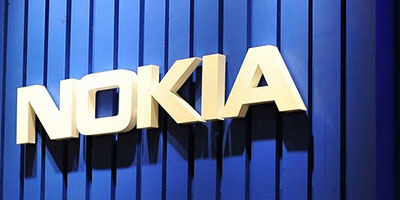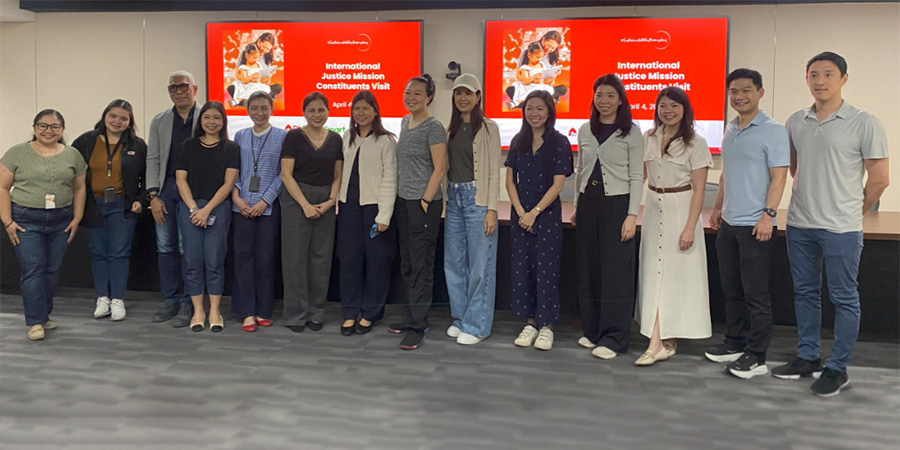
Nokia has won an IP/MPLS network deal with Thailand’s leading complete digital lifestyle enabler, True Group. Nokia’s solution, which will be deployed in the northeastern and eastern areas of the country where the important Eastern Economic Corridor (EEC) is located, will enable a robust 5G rollout with customized services requirements for throughput, latency and reliability.
The Thai government is pushing for 5G to drive the economy and recently opened an auction for 5G spectrum to the country’s main operators, including True. The EEC is a flagship development project under Thailand 4.0 initiative where the Thai government plans for the area to be a hub of trade and investment, regional transportation and logistics, and a strategic gateway to Asia.
Nokia’s IP/MPLS solution includes network slicing functions – a key building block for any 5G deployment – that will enable True to partition its network into independent logical network slices, each with performance characteristics that fit specific needs. Network slicing will enable new use cases and services for individual customers and vertical segments, such as public safety, energy, healthcare and manufacturing.
Jirachai Kunakorn, chief network operations officer of True Corporation, said, “The genius technology True 5G will be instrumental for businesses and industries to move the country to true digital age, especially in the EEC area where we will first see the concentration of new 5G industrial use cases. With Nokia’s IP/MPLS solution,True will have an evolved IP transport network capable of supporting slicing functions that enable new genius technology True 5G business and use cases with better end-user experiences.”
“True has been a key IP and optical networking customer for many years now. As the operator’s main IP/MPLS vendor for 2G/3G/4G and this most recent solution, Nokia’s new 5G-enabling IP/MPLS network, will be instrumental in enabling True to deliver higher throughput, lower latency, and increased reliability.”







